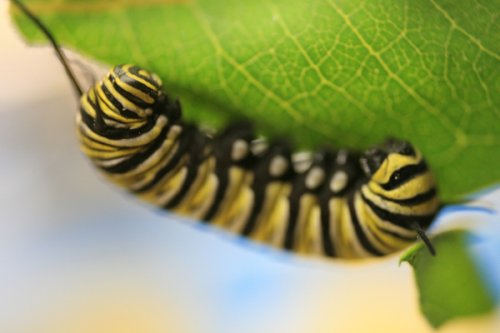nekrosoft13
New Member
I have my Veiled Chameleon for about 3 months now, he is doing great. so far i been feeding him with gut loaded crickets, i was just wondering which wild caught bugs can i also feed him, little variety.
Moths?
Butterflies?
Wild Crickets? (black ones)
Grasshoppers?
Caterpillars? i found few caterpillars close to my house. They are black/white/yellow striped, with no hair or spikes.
instead of making a new thread i have two more questions.
1) how long do veilves live? Do other chameleons live longer?
2) can they be kept in pairs?
3) what live plants are recommended?
Moths?
Butterflies?
Wild Crickets? (black ones)
Grasshoppers?
Caterpillars? i found few caterpillars close to my house. They are black/white/yellow striped, with no hair or spikes.
instead of making a new thread i have two more questions.
1) how long do veilves live? Do other chameleons live longer?
2) can they be kept in pairs?
3) what live plants are recommended?
Last edited:




